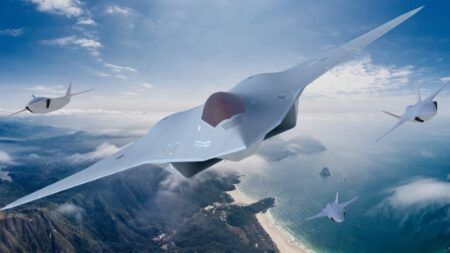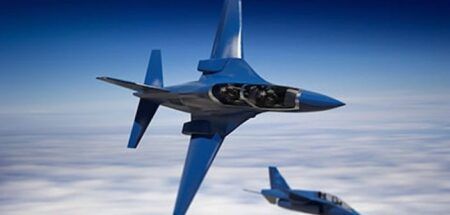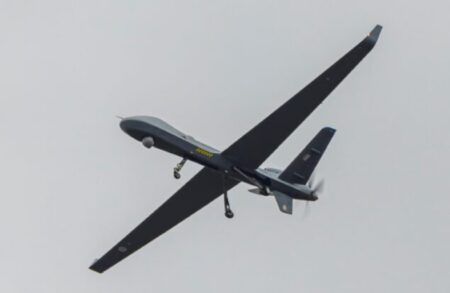When most people hear ‘tailhook’ they think of US Navy planes and aircraft carriers – however, almost all US combat aircraft have a tailhook, including the US Air Force’s new F-35A Joint Strike Fighter.
The JSF Integrated Test Force has conducted the first set of tests for the F-35A’s tailhook at Edwards Air Force Base (AFB) in California, USA. F-35s have landed using a tailhook before, but not at the speeds and weights that are now being tested.
Navy aircraft need tailhooks to catch arresting wires on aircraft carriers and its version of the JSF, the F-35C, has a significantly more robust tailhook designed specifically for Navy purposes.
Air Force plane tailhooks are only used to stop when landing distance is insufficient or if the jet has a brake malfunction or directional control issue. They are designed as a one-time use device whereas Navy tailhooks as on the F-35C can deploy, retract and stow.
“In the big picture, the F-35A tailhook is designed to stop the jet in an emergency primarily,” said Major Corey Florendo, 461st Flight Test Squadron project test pilot. “We have to make sure the system works as designed and as specified. We’re out there to verify the performance of the system, up to and including the worst case conditions we can possibly envision.”
The initial testing included powering the F-35A at 180kts over the ground (approximately 200mph).
As high-speed cameras record, the F-35A from the 461st FLTS speeds down the runway. Engineers plan the time to deploy the tailhook, and when the time comes, the test pilot deploys the hook to catch an arresting cable in place to safely stop the fighter. Data is collected and the video footage is reviewed.
“There’s a lot of parameters that we’re looking at. Obviously, we’re curious about the forces on the hook. Aside from just the numbers, we’re also curious to see if the tailhook system is going to be safe. Is the cable going to do something like hook the main landing gear and not the cable? No one has done this before, and before this happens to someone out in the Air Force, we want to see it and make sure it works,” Florendo said.
AF-04 had several successful engagements with the tailhook and arresting cable, which will clear the path for additional forthcoming tests. Florendo said different “offsets” will feature in future tests: “Ideally you want to be in the center of the runway, but we want to also test to see what happens when the pilot is not in the center.”
Testing will continue this summer.
May 13, 2016




